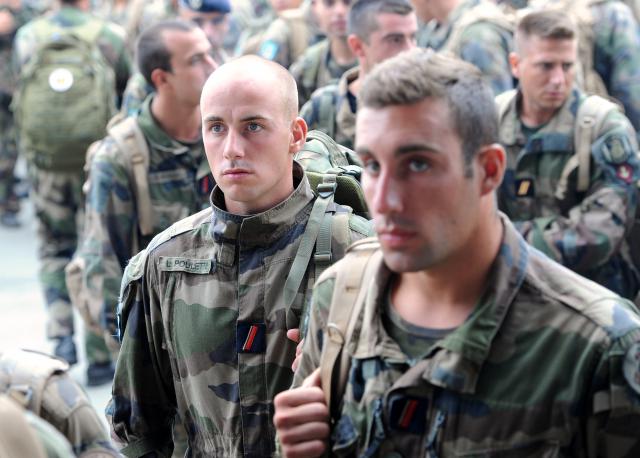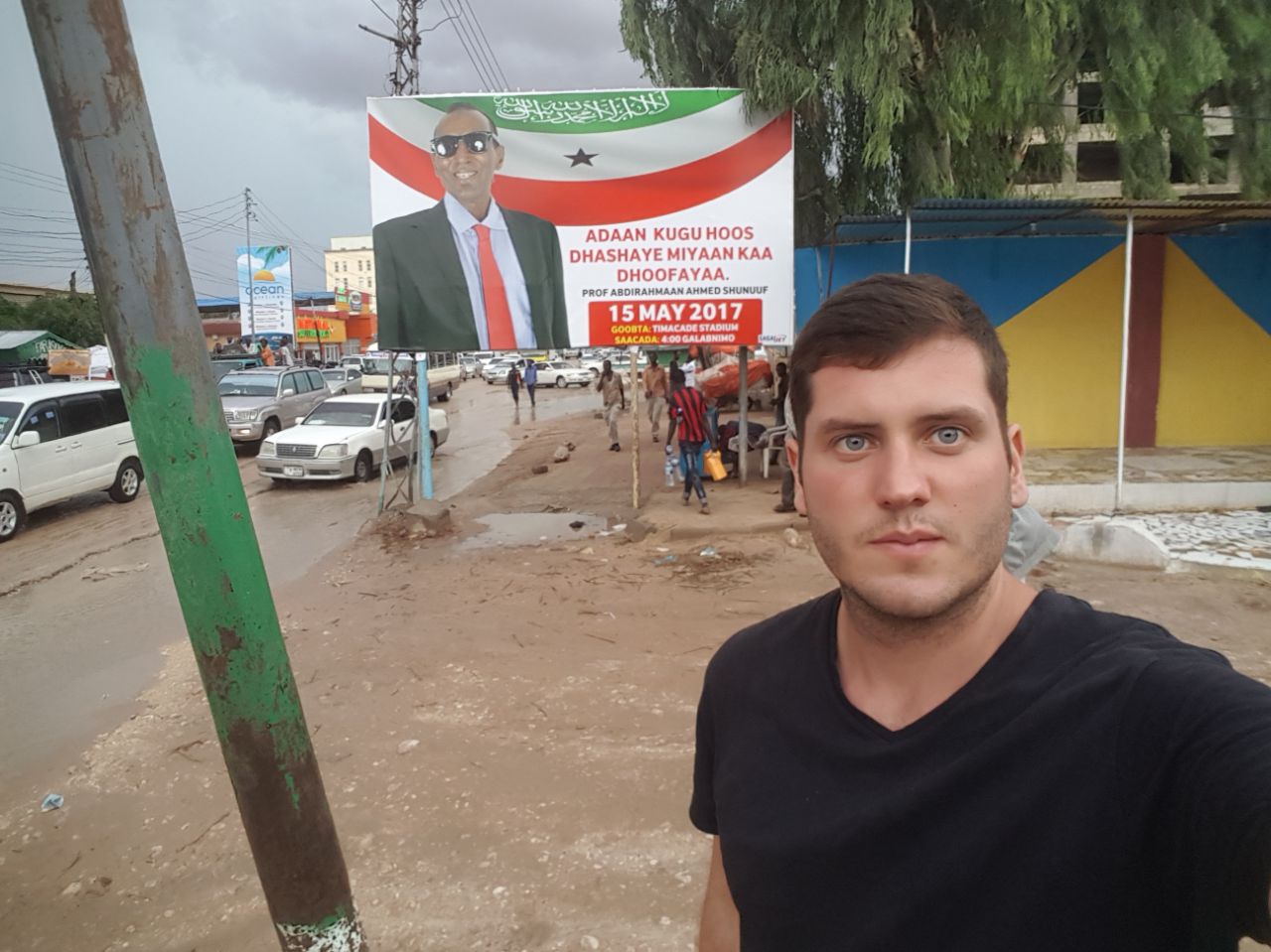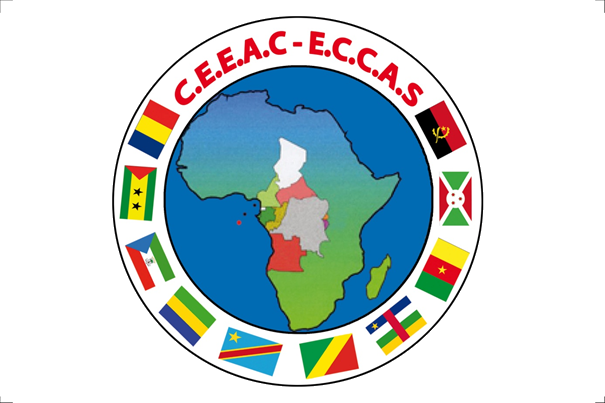Summary
France’s intervention in Mali, supported by other Western states and a large African force, is winding down. Most offensive operations have ended, and French forces have begun withdrawing. Now the achievements of the operation and the remaining challenges are becoming clear. Although the intervention has succeeded in denying jihadists territorial control over northern Mali, it could not contain such forces, which have dispersed throughout the Sahel region. While French operations degraded the militancy, the wider jihadist threat in the region persists due to the lack of capabilities and cooperation among the countries of the Sahel.
Analysis
France launched its military intervention in Mali on Jan. 11 in response to the actions of jihadist militants in the north of the country. In 2012, West African countries, along with France, Germany and the United States, had attempted to set up an African-led intervention with Western support after jihadist militants established a presence in northern Mali. The objective of the proposed mission, and subsequently of the French intervention, was to deny sanctuary in the country to the jihadists.
The French hoped to mitigate the threats emanating from a militant sanctuary that had been established when jihadists exploited an existing conflict between Tuareg factions and the Malian government in Bamako. The issue was not necessarily Mali’s territorial integrity, but rather regional stability and economic interests across the Sahel, including French oil and natural gas projects in southern Algeria and uranium mining in Niger.
Achievements of the Intervention
While the intervention in Mali could be seen as a success, the wider region remains unstable. The French campaign, known as Operation Serval, denied sanctuary to jihadist forces in northern Mali but it did not destroy the militant organizations. The operation’s inability to fully contain the jihadist elements within Mali allowed militants to disperse into several other countries across the region. Jihadists are still present and capable of operating throughout the Sahel, and they could be augmented by fighters fleeing Mali.
In Mali, French and allied forces have degraded jihadist forces so that they are no longer able to control territory in the country. French forces eliminated a threat against central and southern Mali, and the militants are no longer capable of conducting the conventional operations needed for territorial control in northern parts of the country. However, the remaining militants still can launch insurgency-style attacks.
Throughout the intervention, the French offensive operations went largely unanswered because of the firepower France was able to project and the huge imbalance resulting from the militants’ lack of military sophistication. The cost of the operation, which involved some 4,000 troops over three and a half months, reportedly reached 205 million euros ($264 million) by April 25 — a relatively high amount considering the French military’s budgetary constraints due to huge spending reductions across Europe and the expense of a long-term presence in Mali.
Roughly 91 million euros of the operation’s budget were allocated for transporting French forces and equipment. The airlift operations into Mali highlighted one of the shortcomings of the French military, which required support from several Western nations to move the necessary troops and equipment into staging areas in Mali. The United States, Germany, the United Kingdom, the United Arab Emirates, Canada, Spain, Italy, Sweden, Denmark, the Netherlands and Belgium all contributed military transport aircraft in support of the French mobilization. France also depended on the United States for aerial refueling during long-range French sorties departing from Chad, as well as intelligence gathering through U.S. drone coverage.
Operations inside Mali also were not the work of the French alone. France cooperated closely with African forces, the contingent of which eventually grew to 6,000 troops. Chadian forces played the most active role in the offensive phase of the intervention, especially in fighting in the Tigharghar Mountains. Chad has now initiated a progressive withdrawal from Mali, and only half of its contingent remains in the Kidal region, though the Chadian government has said it would redeploy its troops once the intervention becomes a U.N. operation involving 12,000 foreign troops on July 1. Meanwhile, forces from other African states are taking the leading role in Mali as French troops withdraw, and securing Mali’s population centers is becoming an African responsibility.
The Aftermath
Although France is wrapping up its most active operations in Mali, security threats remain in northern Mali and throughout the Sahel. Jihadist elements continue to stage attacks in Mali, and the dispersal of militants to other countries in the region has drawn attention to the cross-border jihadist threat, which will be more difficult to combat. Algeria, Tunisia and Libya have preexisting militant threats that could be augmented by fighters fleeing Mali. This problem will persist until all countries of the Sahel become capable of dealing with these security issues and begin concerted actions against the persistent jihadist threat, but internal constraints in these countries will limit regional collaboration.
Nevertheless, while militants have remained in northern Mali, the conditions under which the jihadists were able to gather such strength in northern Mali — the collapse of the Libyan regime and the resulting flow of weapons to several militant factions — are unlikely to be replicated anytime soon. Moreover, the permanent deployment of 1,000 French troops in Mali, along with a U.S. unmanned aerial vehicle base in Niger, will limit the threat posed to the north.
After the jihadist threat in northern Mali was reduced, reports emerged from across the Sahel region indicating that fleeing jihadists had not been contained within Mali. Tunisian security forces are combating militants, including elements that had been involved in fighting in Mali, and other jihadists previously active in Mali have announced the establishment of a new organization in Algeria. Reports of fighters coming from the ranks of Malian jihadists have also come from northern Nigeria, where Boko Haram is active, and from as far away as Chad and Sudan’s Darfur region. Perhaps the most worrisome presence of fleeing Malian militants from Mali is in Libya. It has been suggested that most of the jihadists that have left Mali have settled in southern Libya, a country already facing a struggle against militants and where a power vacuum could allow elements from Mali to reorganize, re-supply and plan new operations.
The risk in the greater Sahel region resulting from the French intervention is not limited to the dispersal of militants. French and other Western interests have been targeted several times since the beginning of Operation Serval. The continuation of such a threat will force France and other Western states to expend more resources to secure their assets and interests throughout the Sahel. The threat of attacks at home in France, whether by “lone wolf” terrorists or by established militant networks, has also increased. The presence of French citizens among the jihadists in northern Mali has added to France’s concerns about such attacks — fears that date back to the 1990s, when al Qaeda in the Islamic Maghreb’s predecessors conducted attacks in France.
In northern Mali, a lower level militant threat is unlikely to disappear soon. Bombing attacks targeting Malian and African forces have occurred throughout the area. The initial style of attacks that militants conducted after the intervention began — using gunmen in population centers such as Gao and Timbuktu to draw security forces into prolonged firefights — was successful, but it might have been too manpower-intensive to continue. The jihadists gradually changed their tactics to focus on bombings, but these have proved less successful.
African forces, which man the first line of checkpoints and defenses outside population centers, have been trained by French forces on procedures to deal with these threats and appear to have followed, so far, French instruction. The ability to mitigate the effects of bomb attacks through proper security checkpoints and search procedures, which have allowed few casualties and little material damage, could compel militants to modify their tactics — possibly using small arms attacks to draw in security forces before using suicide bombers, as militants in Afghanistan and Somalia have done. The limited damage caused by the bombings could also push jihadists to improve their bombmaking techniques.
The security threat from jihadist militancy in the wider Sahel region, which predates the French operations in Mali, will continue. These militants could be strengthened by jihadist elements leaving northern Mali under pressure of the French offensive, and they could seek to exploit the limits of security operations and regional cooperation as they plan further attacks. A repeat of the threat posed in northern Mali is highly unlikely, but power vacuums such as the one in southern Libya could lead to new concentrations of jihadist activity.








